Outdoor Story: Snorkeling the San Marcos River
Monday, August 17th, 2015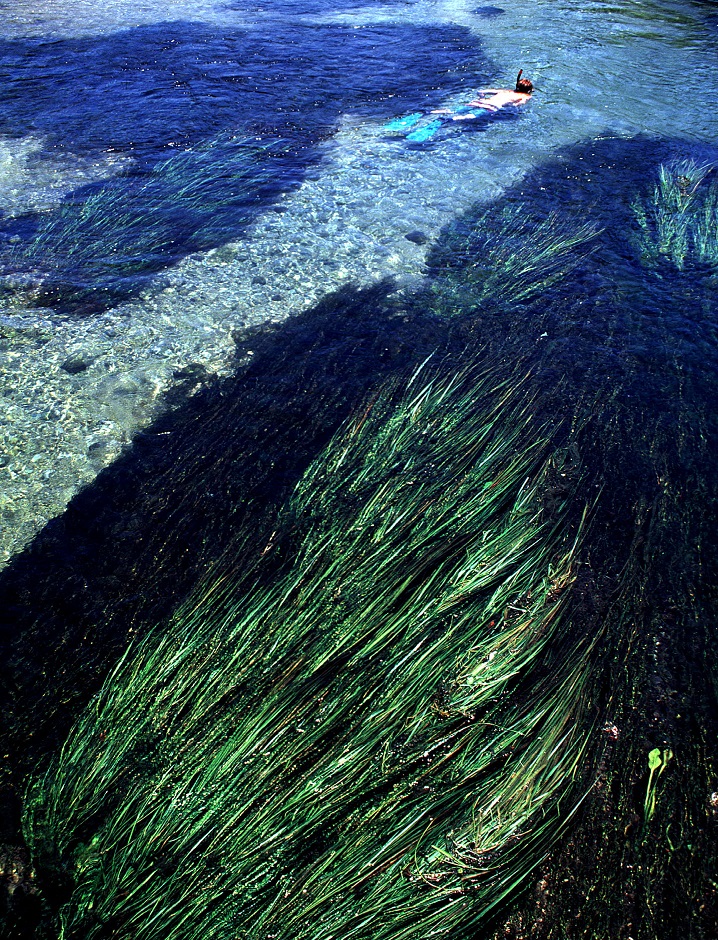
Texas wild rice flows in the current of the San Marcos River in San Marcos, Texas, photo by Earl Nottingham
This is Passport to Texas Outdoor Stories
It’s a rare individual who—once introduced to the outdoors at a young age—doesn’t continue their relationship with nature long into adulthood.
Lisa Korth is no exception. With a lifetime of outdoor adventures to draw from, she’s chosen a recent memory to share with us today.
35—Well, I grew up around water, and one of my favorite memories is a recent memory: snorkeling in the San Marcos River. It’s one of my favorite places to snorkel because the clarity of the water is just so magnificent. It’s just really clean and pristine. And, when you snorkel, it’s like being in another world. And just being under water and getting an up close view of that underwater world is just really magical. A friend of mine recently compared it to riding a roller coaster. And I agree. Just that exhilarating feeling of being in the water….pushing you downstream…seeing all of the plants and fish. It’s just really, really amazing.
Now it’s your turn. Visit passporttotexas.org and share your outdoor story with us.
We record our series at The Block House in Austin, Texas and Joel Block engineers our show.
Funding for passport to Texas provided in part by Ram Trucks. Guts. Glory. Ram
For Texas Parks and Wildlife…I’m Cecilia Nasti.

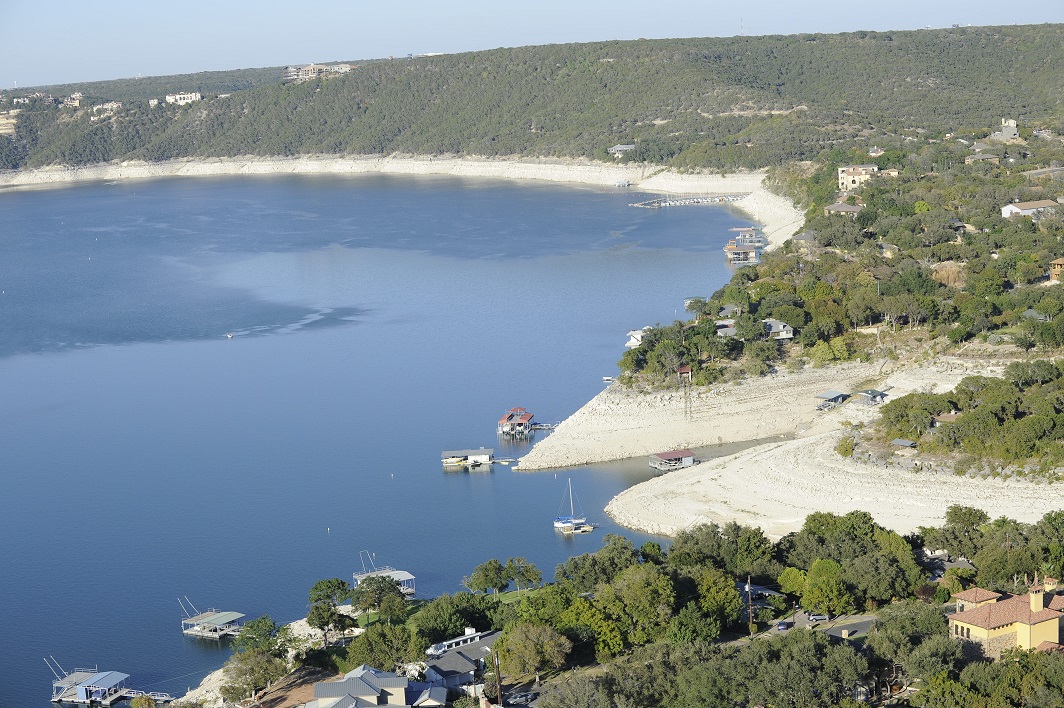
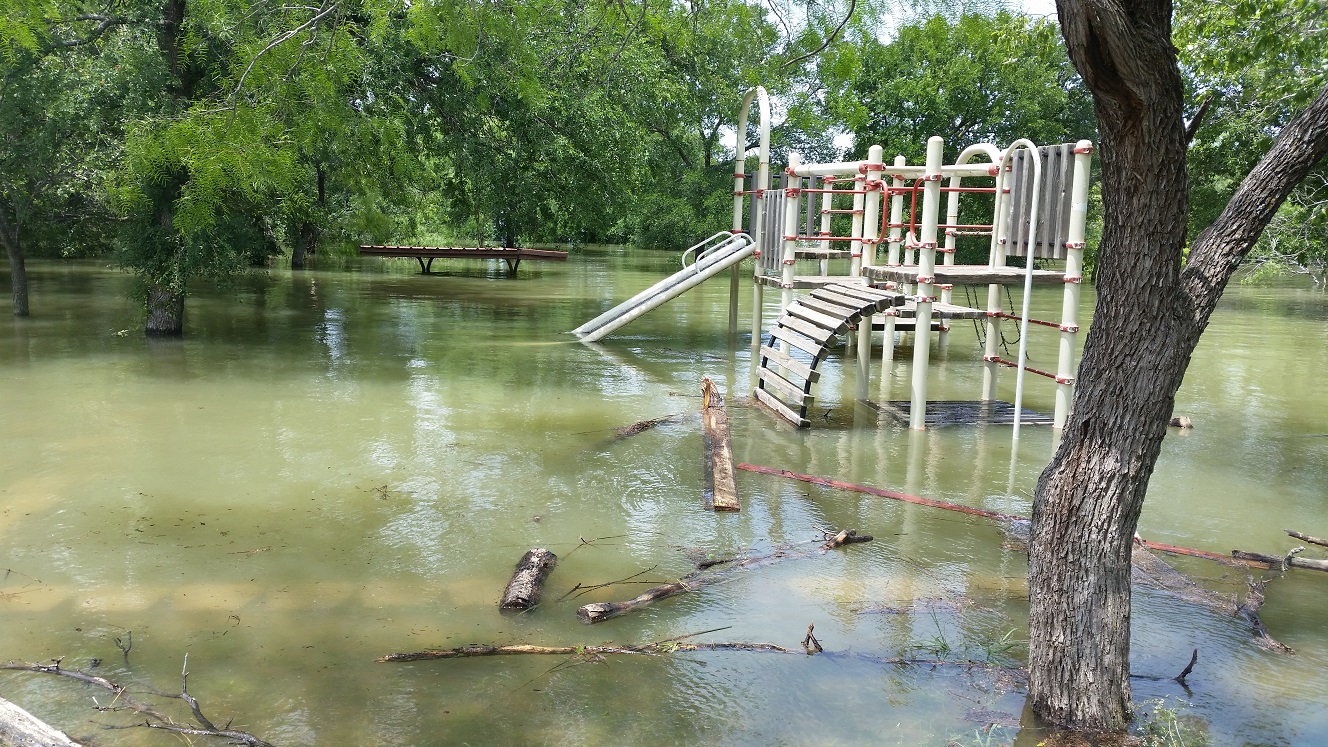
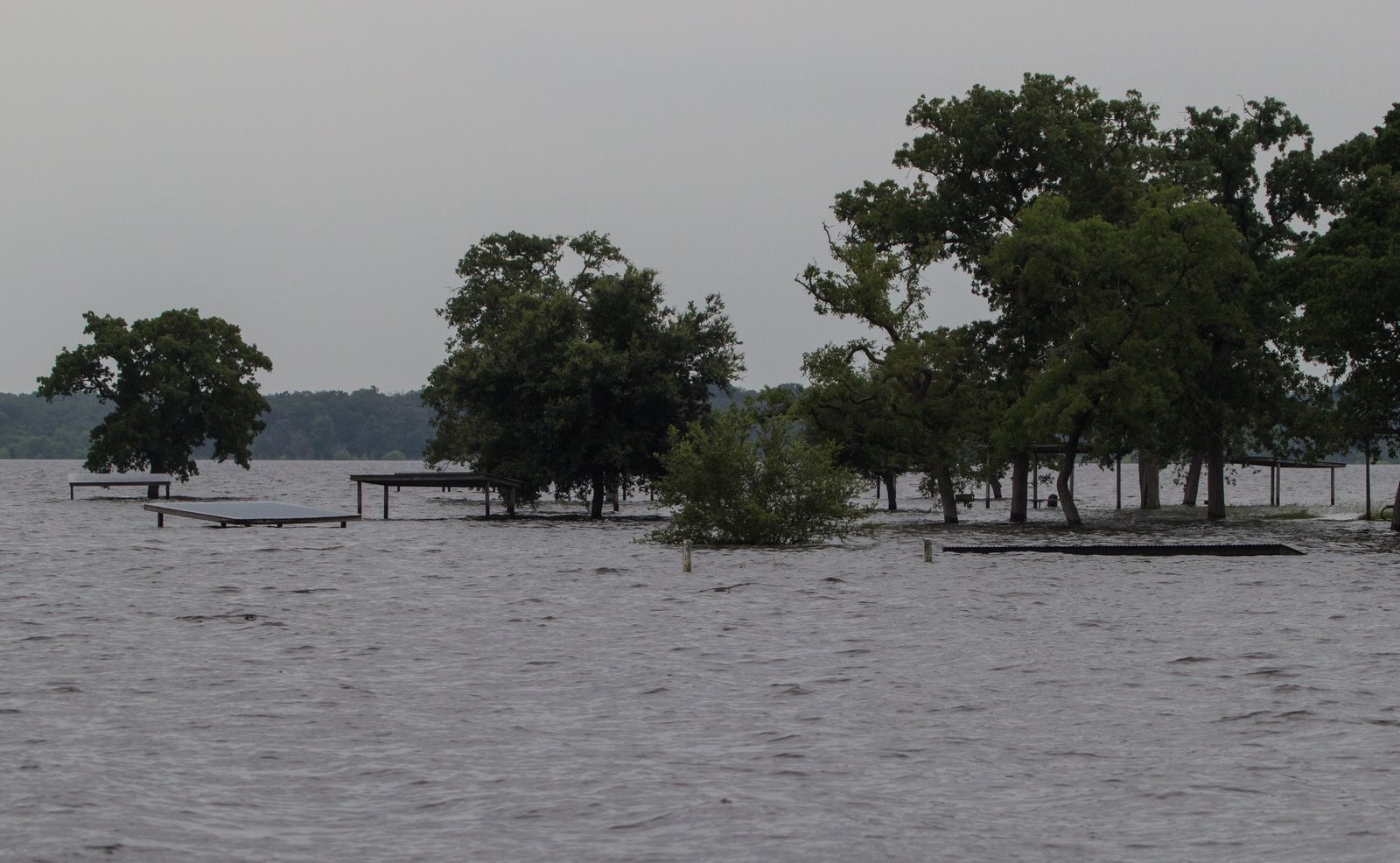
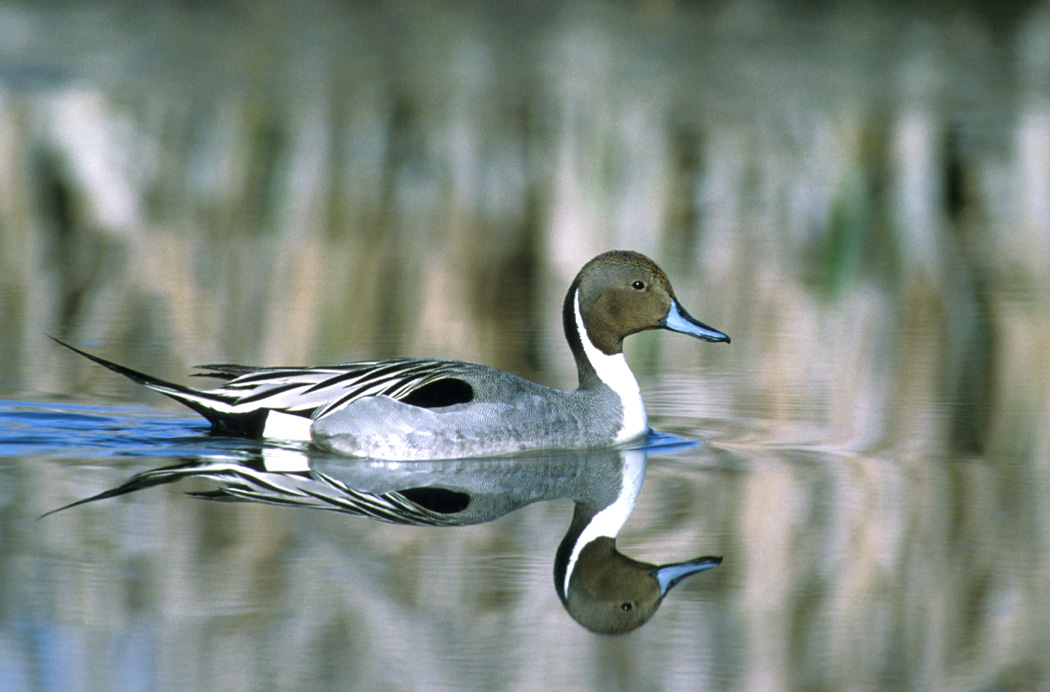

 Passport to Texas is a
Passport to Texas is a  Passport to Texas is made available by:
Passport to Texas is made available by: